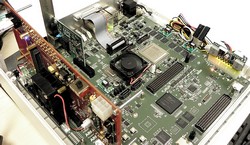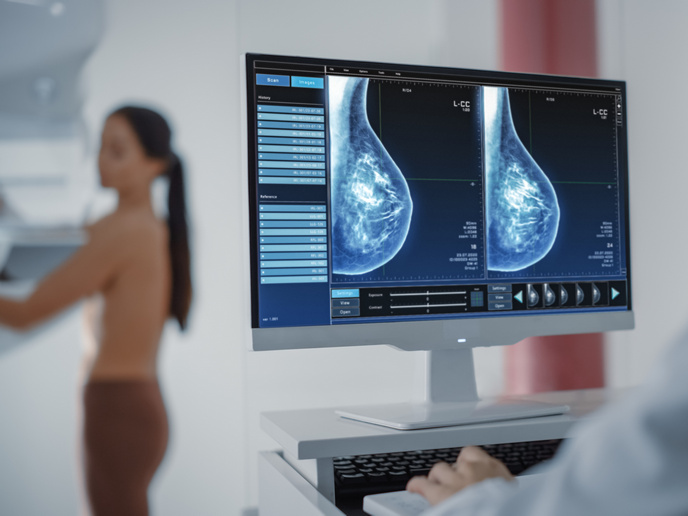ARM-based servers for future data centres
Centrepiece of our smartphones, ARM processors are increasingly being considered for exploitation beyond mobile. The world’s biggest manufacturers are using them for next-generation laptops, whilst engineers making a start on exascale computing have been charmed by their energy-efficiency performance. EUROSERVER is also betting on this potential, but this time for building the data centres of the future whilst providing Europe with a competitive edge. ‘The ARM solution is undoubtedly the most promising for Europe. Back when we began working on this project, the advancement of ARM processor capabilities were already igniting the interest of a number of ARM technology licensees targeting server solutions, in particular for micro-server-based markets. Even though it was acquired by SoftBank, ARM is still headquartered in Europe and the IP is European,’ says Isabelle Dor, R&D engineer at the French Alternative Energies and Atomic Energy Commission and coordinator of the EUROSERVER (Green Computing Node for European micro-servers) project. Despite this potential, no ARM-based server chips were being built by European companies. ‘The past few years have been rather turbulent for ARM-based devices aimed at the server market, Dor says. ‘Many have come and gone, with others either currently up for sale, not-prioritised, or acquired.’ Quickly, EUROSERVER positioned itself as the first and only European processor for micro-servers, bringing notable improvements in energy efficiency, cost-effectiveness and software resource efficiency. The project’s solution, which revolves around silicon nanotechnology, data centre system architecture and software innovations, is designed for scalability. Its basic building block, a micro-server board, is suitable for use in high-density cloud and data centre deployments as well as for embedded applications such as transportation, or telecom infrastructure. The project’s main innovations include a scalable memory scheme dubbed UNIMEM, a transparent main-memory compression technology to maximise the density and bandwidth of external memory, a new hypervisor technology called MicroVisor, as well as advanced software features to optimise resource sharing and communication within the system. ‘Our architecture has an innovative structure comprising interconnected compute “coherent island” nodes, to get an optimal balance between data locality and transfer efficiency,’ Dor explains. ‘The compute SoC internal structure was organised around several independent silicon-modules known as “chiplets”, each implementing one of the islands. The coupling between these chiplets was realised by high-speed serial links with process native memory addressing.’ All in all, 10 patents were registered or submitted for registration. The MicroVisor technology is being used in new commercial offerings. ONAPP, one of the project partners, is working with leading researchers in topics related to potential market areas. The project has also led to the development of two spin-off companies; KALEAO in Cambridge, UK with labs in Crete and Italy, and ZeroPoint Technologies in Chalmers, Sweden. ‘KALEAO has introduced a unique new generation of web-scale, true-converged server appliance enabling low energy consumption and significant computing capabilities. ZeroPoint, on the other hand, commercialises the project’s memory compression innovations under the MaxiMem™ product family. The company plans to have its first products, which can triple memory capacity and effective memory bandwidth, commercialised by the summer of 2017,’ Dor says. Web services, e-commerce, and other common enterprise IT services are foreseen. The KMAX platform, a server integrating OnApp’s MicroVisor solution, is available preinstalled in the Kaleao KMAX Appliance Edition. Overall, EUROSERVER provides a European foundation and ecosystem for a scalable, low-power and low-cost approach for computing. Several subsequent H2020 projects in the field of HPC core technologies are already aligned with the EUROSERVER concept, and will keep developing the fundamental concepts that EUROSERVER proposes over the years to come.







